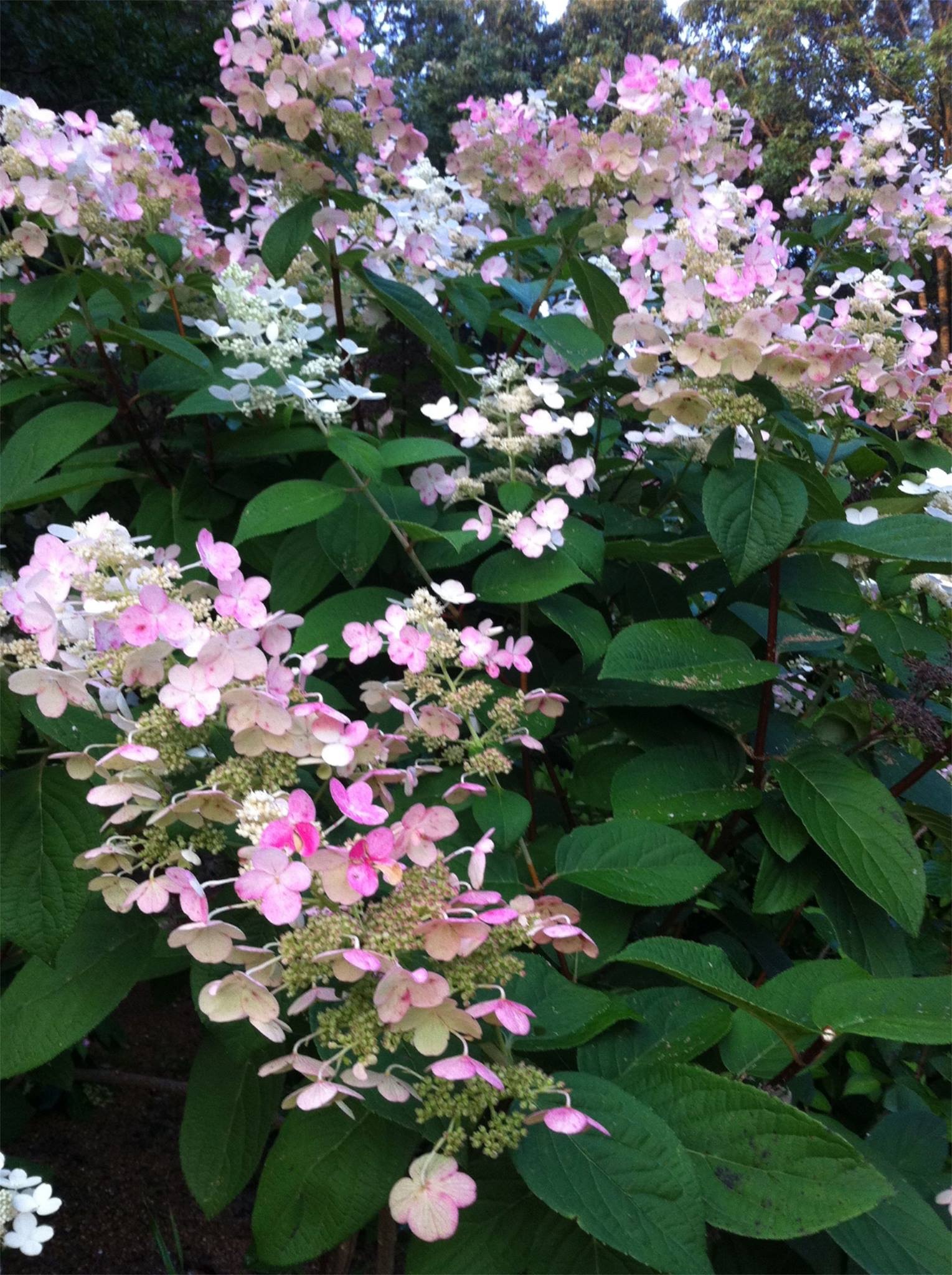

They thrive and bloom reliably from chilly USDA zone 3 through balmy USDA zone 8 (even zone 9 in the case of 'Limelight').


Panicle hydrangeas are probably the most cold and the most heat tolerant of all popular hydrangeas.
#Hydrangea quickfire how to
Here's our in-depth look at how to be successful growing panicle hydrangeas. They are very long blooming, exceptionally reliable, and adaptable to a wide range of conditions. If you are completely new to gardening, panicle hydrangeas make an excellent place to start: not just because they are so easy to grow but because they are one of the most rewarding garden and landscape plants. Uses: Thanks to its large size and dense leaf and flower coverage, Quick Fire Fab hydrangea makes an outstanding choice for a flowering hedge, commanding specimen, or backdrop to a flower garden. Does not tolerate wet conditions.įertilizer: Fertilize once in early spring with a rose fertilizer if desired.īloom color: White, aging to vivid, saturated pink, then red. Pruning: Blooms on new wood prune back by one-third in late winter/early spring for better habit and a slight improvement in stem strength. Soil: Any well-drained soil will do. Though dry conditions are unlikely to harm an established plant, prolonged drought will cause flowers to brown and wilt instead of develop a good pink color. Name: Hydrangea paniculata 'SMNHPM' pp#32,513, cbraf Pure, vivid color, without the muddy tones that characterize some conventional varieties The earliest blooming mophead panicle hydrangea on the market What makes Quick Fire Fab different than other panicle hydrangeas? Quick Fire Fab is a well, fabulous way to extend the hydrangea blooming season and add a whole new level of color to your landscape or garden. As the white blooms age, they turn a vivid and true pink, before finally attaining the characteristic red.
#Hydrangea quickfire full
Each one is so packed full of flowers, you just want to squeeze it. Blue-blooming leadwort makes a nice massed underplanting in afternoon-shade areas.Finally, a full, mophead version of the earliest-blooming panicle hydrangea! Quick Fire Fab hydrangea shares the same super-early bloom time as the original and classic Quick Fire, but instead of open, lacecap flowers, it boasts big, thick mophead blooms. * Great partner: Catmint, salvia or dwarf Russian sage are good perennials around the base in sunny areas. Water needed only in very hot, dry weather after regular watering the first season to establish the roots. Scatter granular organic or slow-acting fertilizer in April. If you’re pruning as a tree, remove any new shoots from the base, remove lower branches to clear trunk, then cut back remaining canopy into a tight ball. Thin out and cut back stems by one third to one half (even more to maintain a smaller plant). Does fine in even full, direct summer sun but also blooms in half-day sun.

But a line of them also makes a striking flowering hedge when planted 5 or 6 feet apart along a fence or property line. * Where to use: Great specimen for a house corner or a bed or border centerpiece. There’s also a Little Quick Fire variety that grows in the 4- to 5-foot range if the full-size Quick Fire is too big. Can be pruned into a single-stem small tree or treated as a mid-sized flowering shrub. Quick Fire is the earliest of this type to bloom, starting two to four weeks sooner than the species. * What it is: A panicle type of hydrangea, also known as a hardy hydrangea, that gets showy masses of big, white cone-shaped flowers that turn to a rosy-white bicolor and then to darker rose from early summer into fall. * Botanical name: Hydrangea paniculata ‘Bulk’


 0 kommentar(er)
0 kommentar(er)
